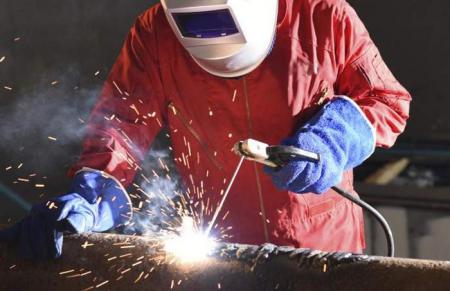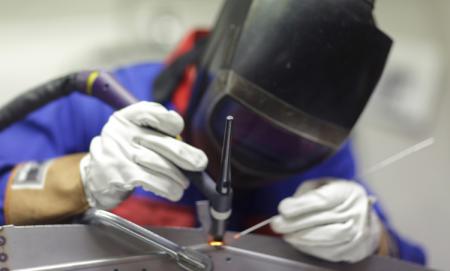


Several decades ago, the first auto-darkening helmets hit the market and amazed us with their convenience, allowing us to keep our hands free for work without the need to constantly raise and lower the old protective shield. These helmets feature an electronic auto-darkening system.
One downside of integrating electronics is the wide range of quality available on the market. It is incredibly easy to manufacture a light sensor and polarize the liquid crystal, add it to a plastic helmet, and voilà, you have a low-quality auto-darkening helmet. The problem is that all helmets look similar, and their true value lies not in their colorful or modern appearance but in their ability to protect our eyes.
In this article, we will analyze several important factors to consider, such as UV protection, activation speed, and more, so we can make the right decision when purchasing.
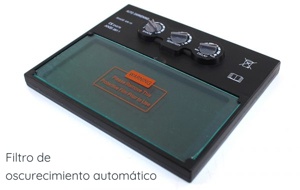
We already know the damage that radiation emitted during welding can cause to our eyes. However, in the realm of electronics, nothing happens instantly, and auto-darkening helmets are no exception. The process of detecting the arc, processing it, and darkening the filter has a slight delay, during which our eyes are exposed to high levels of light radiation. The key is to minimize this interval to a level that is not harmful to our vision.
Fortunately, these delay times are usually less than a millisecond. As a general rule, it is recommended that the darkening delay not exceed 0.2 milliseconds. To visualize this more clearly, this fraction is equivalent to 1/5000 of a second.
A high-quality welding helmet will have a darkening delay ranging between 1/15000 and 1/25000 of a second. The best helmets can achieve a delay as short as 1/30000 of a second, which is an incredibly small fraction of time. Amazing, isn’t it?
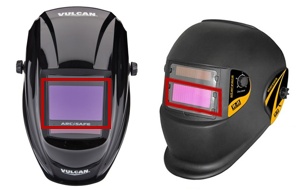
This feature may have different names, such as viewing area or filter size. Essentially, it refers to the portion of the environment we can see while working, and it is crucial for our comfort. A larger viewing area requires less neck movement, making our tasks easier. Even a helmet with a large viewing area would allow us to move around the workshop without needing to lift it, which would be dangerous with a smaller viewing area due to the limited perception of our surroundings.
As a reference, most viewing areas have a width of 10 to 12 centimeters, while the height varies between 4 to 10 centimeters.
To discuss the opacity levels of the light filter, we will use the DIN scale, as it would be very difficult to express ourselves otherwise. For reference, level zero (0) would be without a filter, meaning looking through a transparent glass, and level 15 would be very dark, suitable for MIG/MAG welding above 400 amps.
Ideally, the unactivated filter would allow light to pass through with total transparency, but unfortunately, this is not possible with current technology. The helmet you choose should indicate a level below DIN 5 when not welding. For example, level DIN 4 allows visibility but can be challenging in poorly lit areas. This factor can be compensated with LED lights attached to the helmet.
The darkening level when the arc radiation is detected should be sufficient for the type of welding you perform. For example, for shielded metal arc welding, DIN 11 or DIN 12 is commonly used.
In summary, your helmet should handle at least levels from DIN 10 to DIN 12 in the darkened state.
More information on how to adjust the darkening of your helmet.
This factor is a matter of preference or experience. There are excellent models with advanced electronics that evaluate ambient lighting and the intensity of the arc to determine the appropriate darkening level. Some models are so automatic that they don’t even need to be turned on or off.
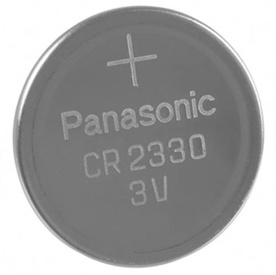
This system has such low power consumption that a "watch-type" lithium battery can last for over 2,000 hours of use. It is crucial to choose a helmet with a solar panel, as it can supply a significant portion of the required energy and extend the lithium battery’s lifespan. Additionally, it is important to remember to turn off the helmet manually or choose a model with an automatic shut-off function to avoid unnecessary energy depletion.
We can’t always work in well-lit areas, and for these cases, helmets with LED lights are a great help. With a bit of ingenuity, you can also add any mini flashlight to achieve the same or better lighting.
A few years ago, welding helmets were simple and had fixed-shade lenses. Today’s technology offers more sophisticated helmets designed to provide welders with the comfort and safety needed to focus on the quality of their work.
Share your favorite helmet in the comments.

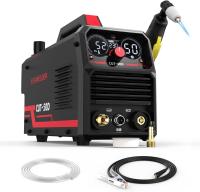

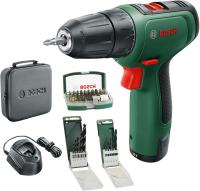

They are already part of the Job Board
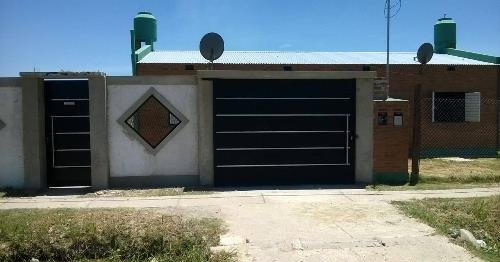


Relacionados:



